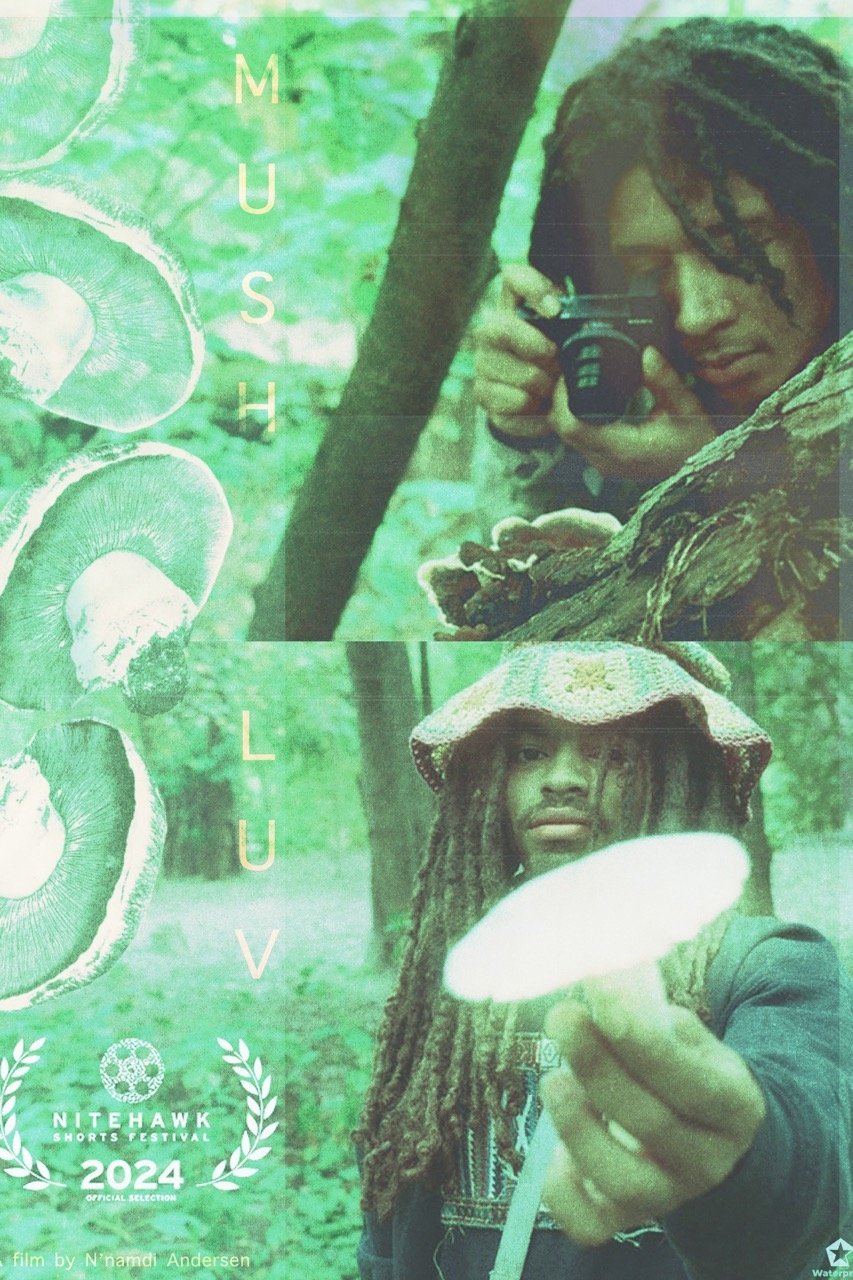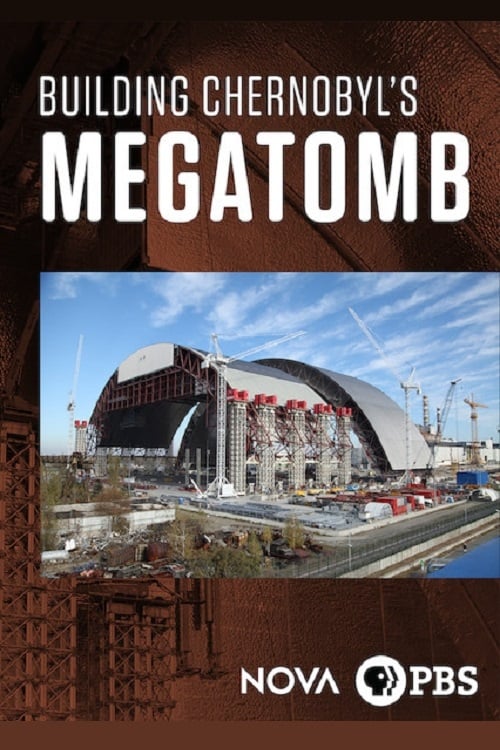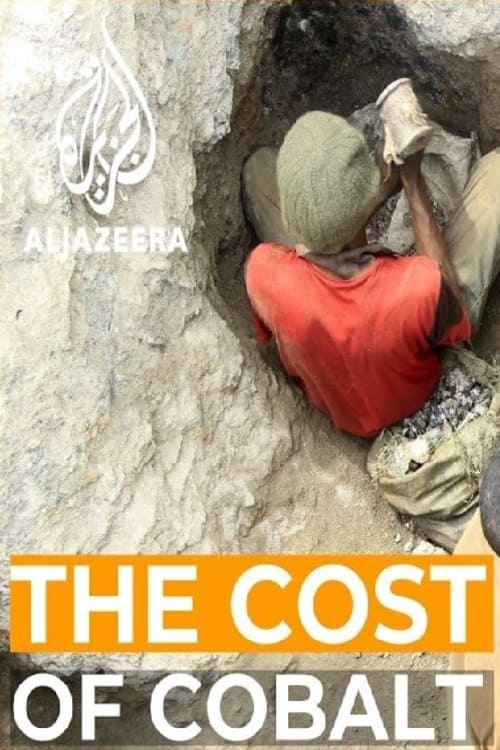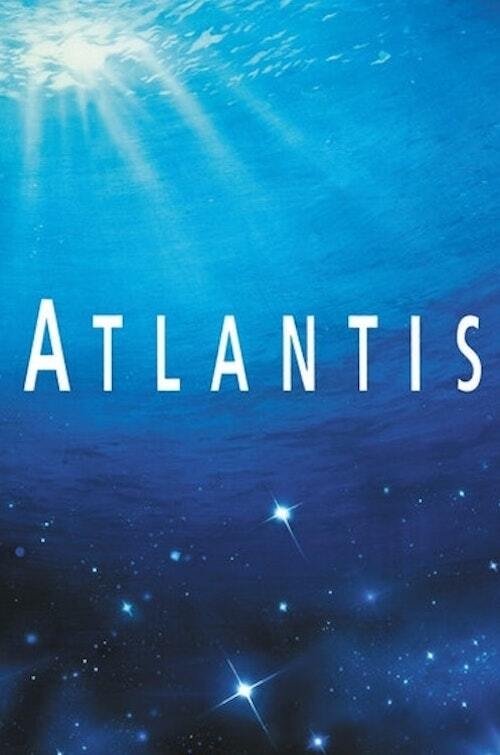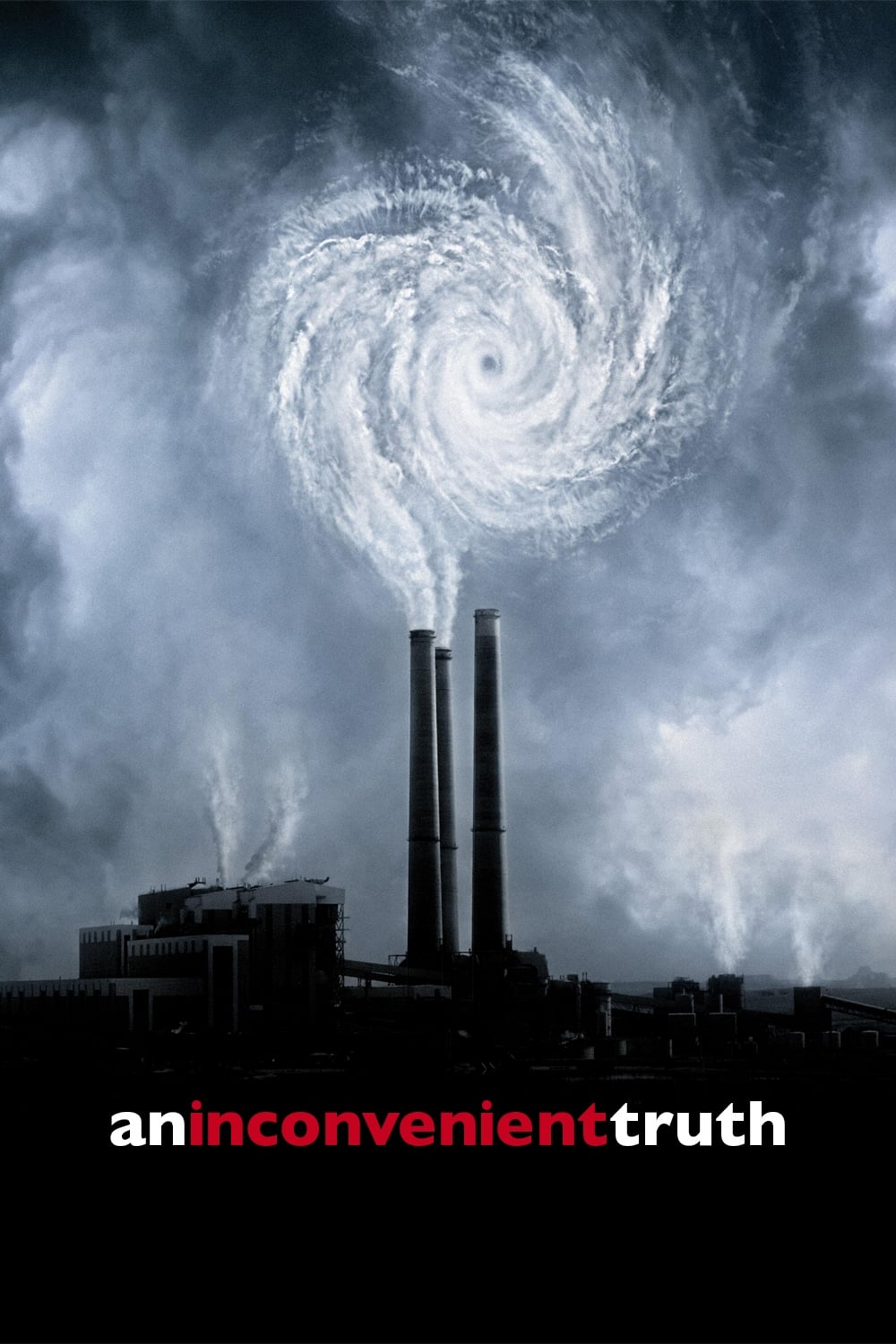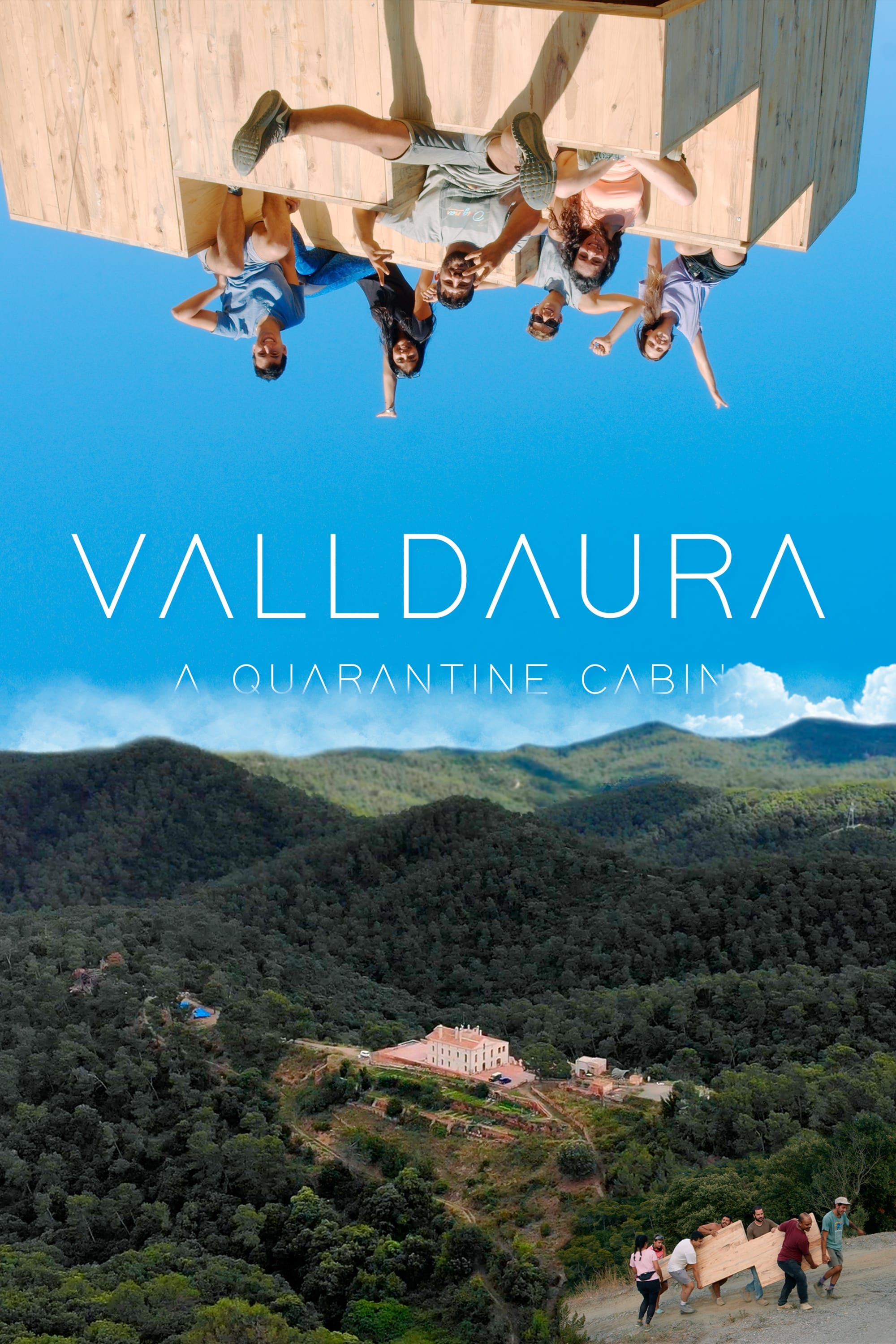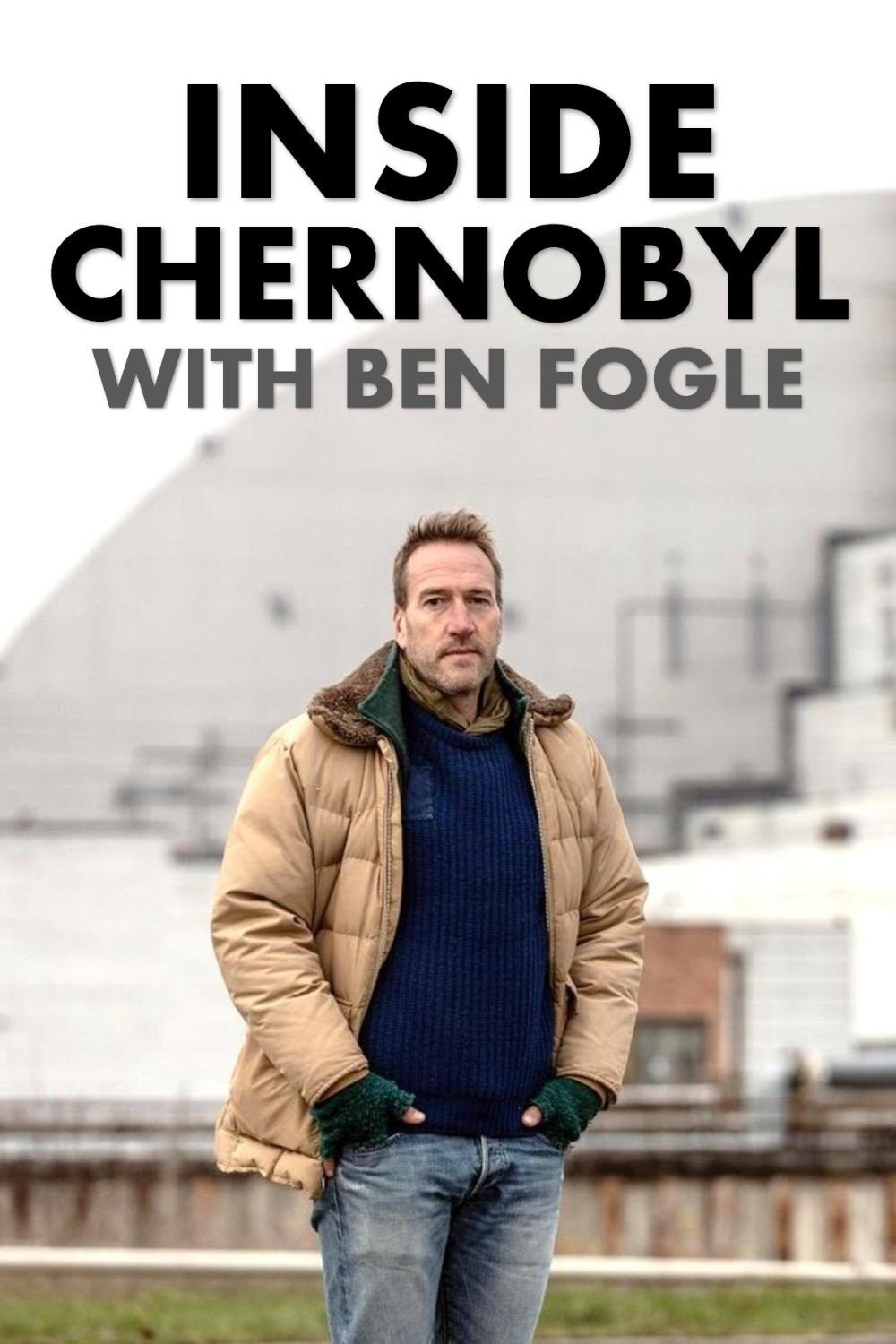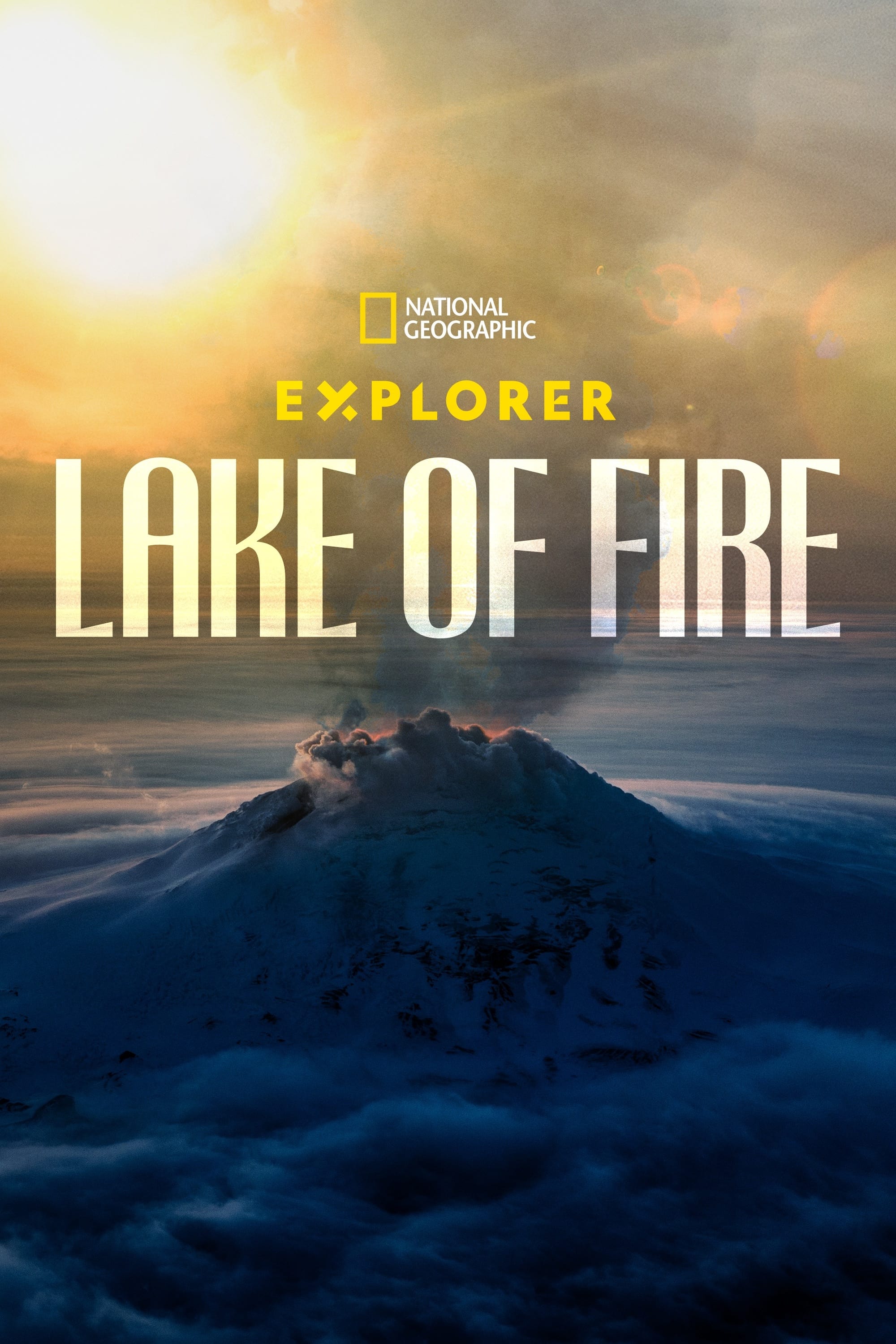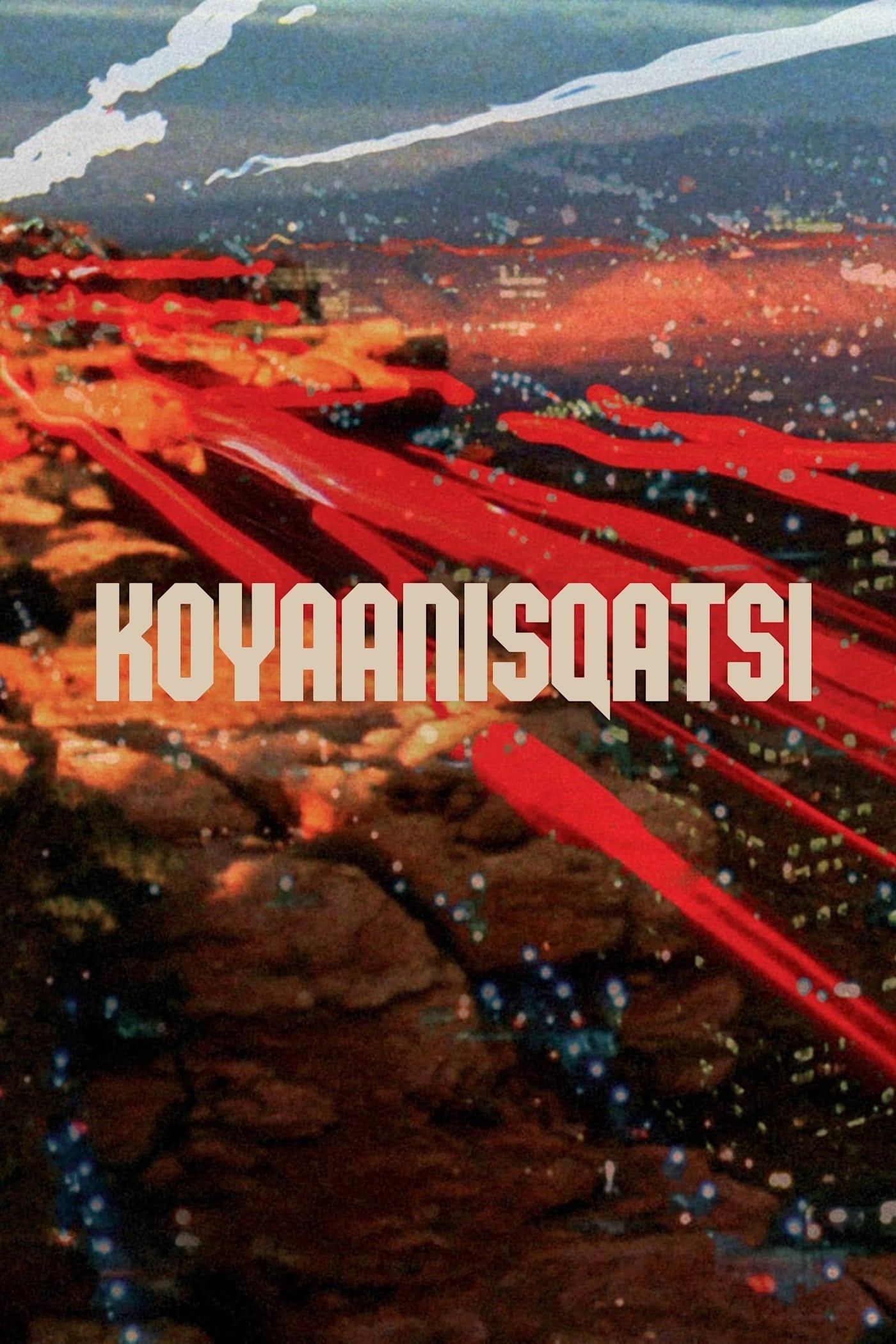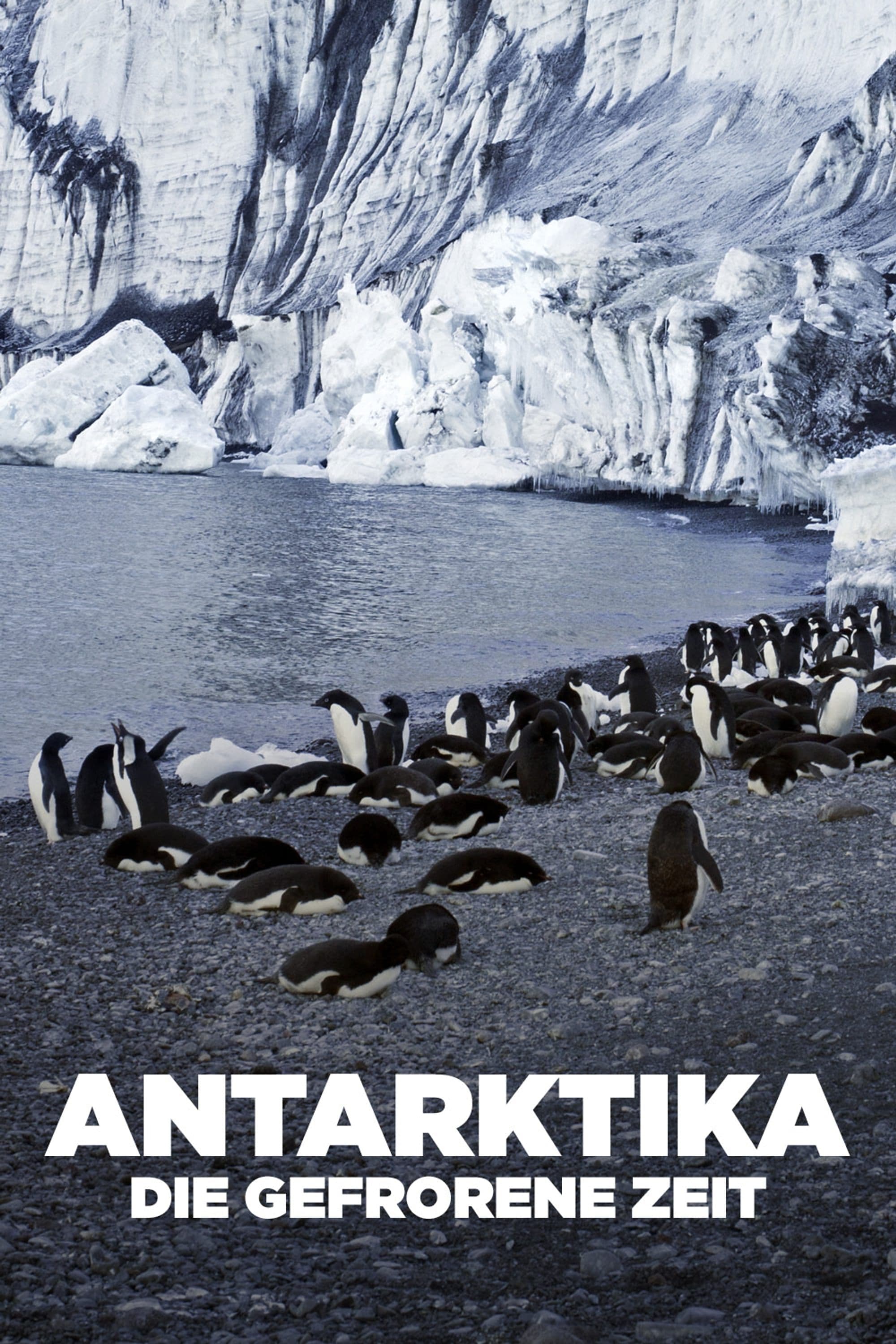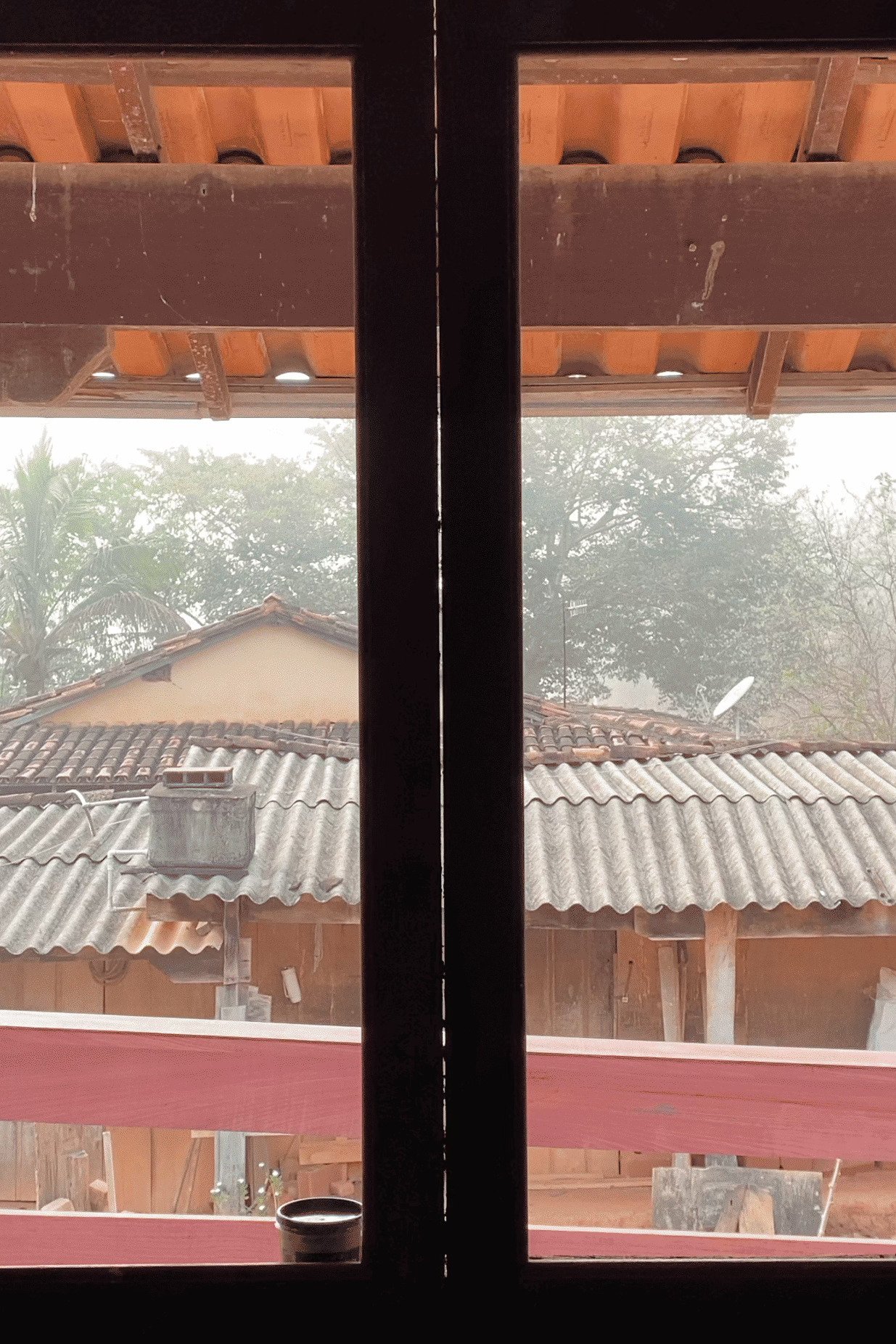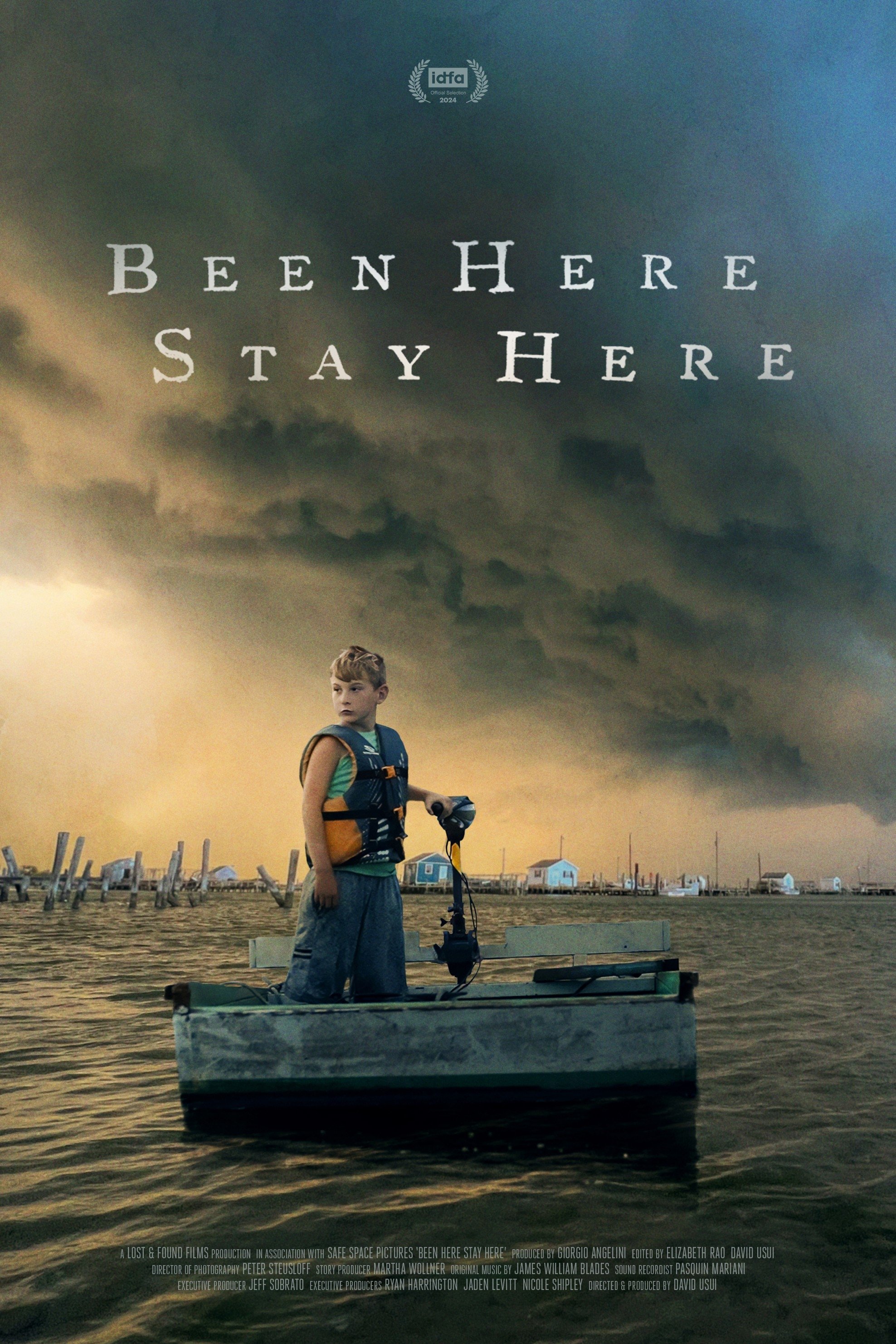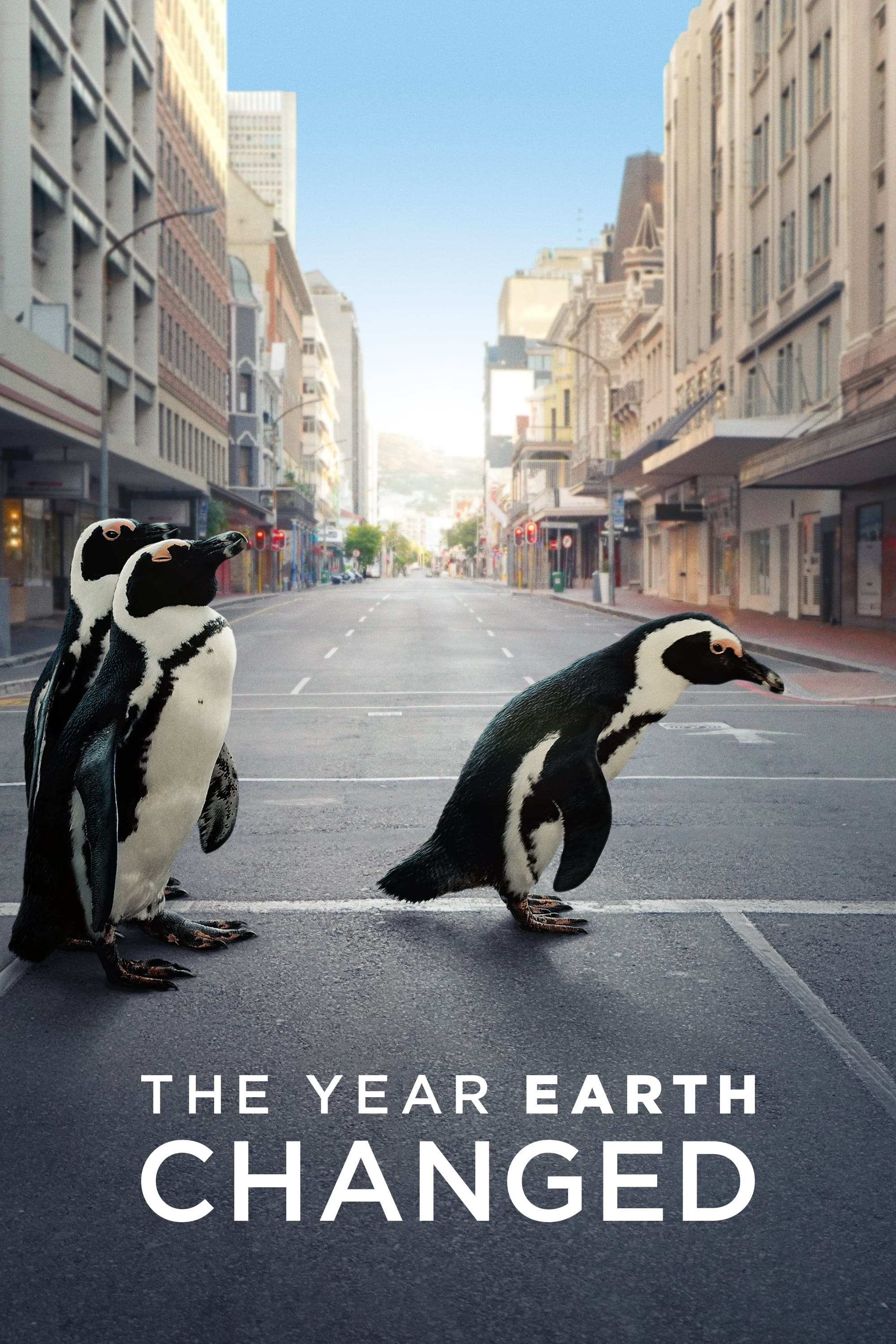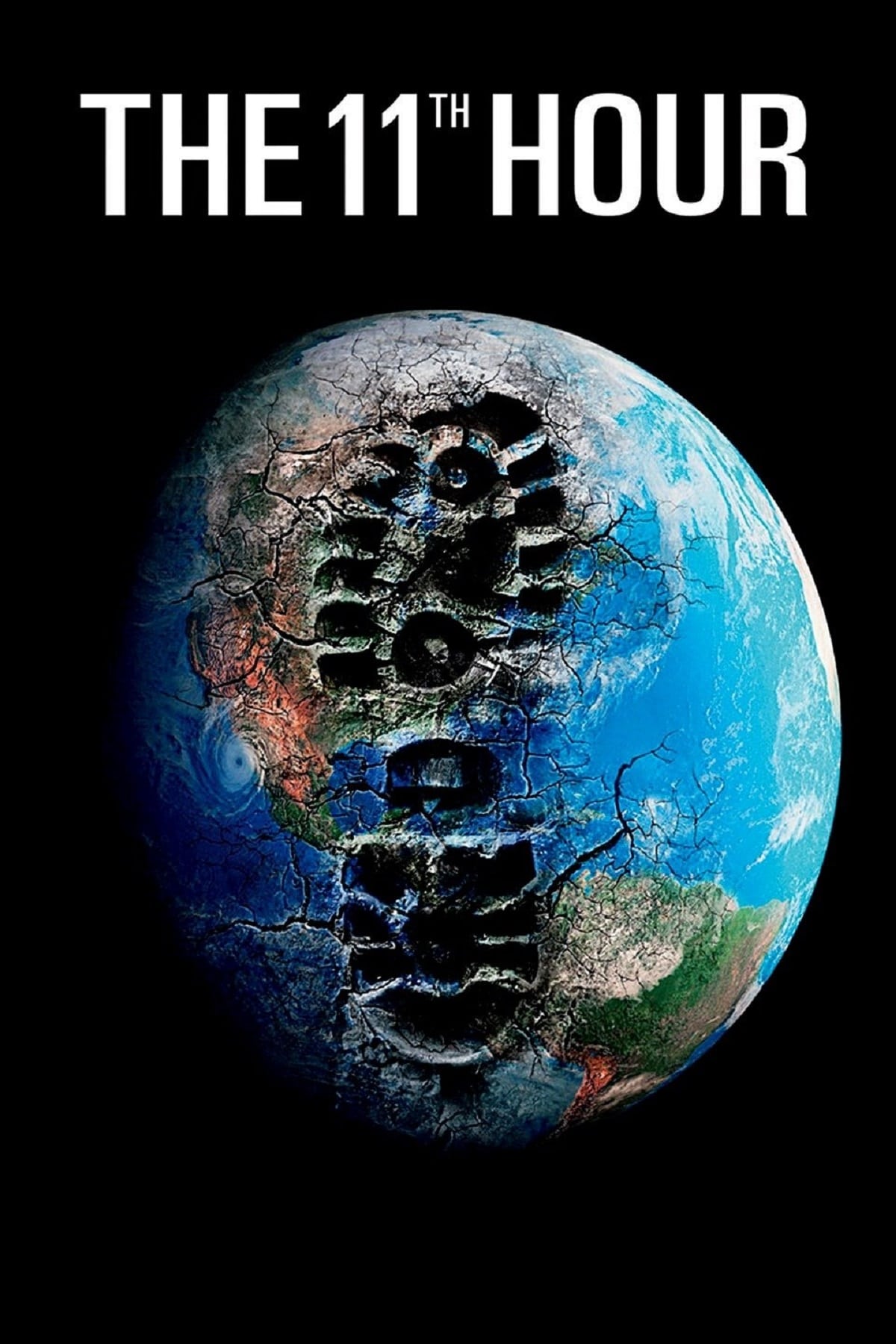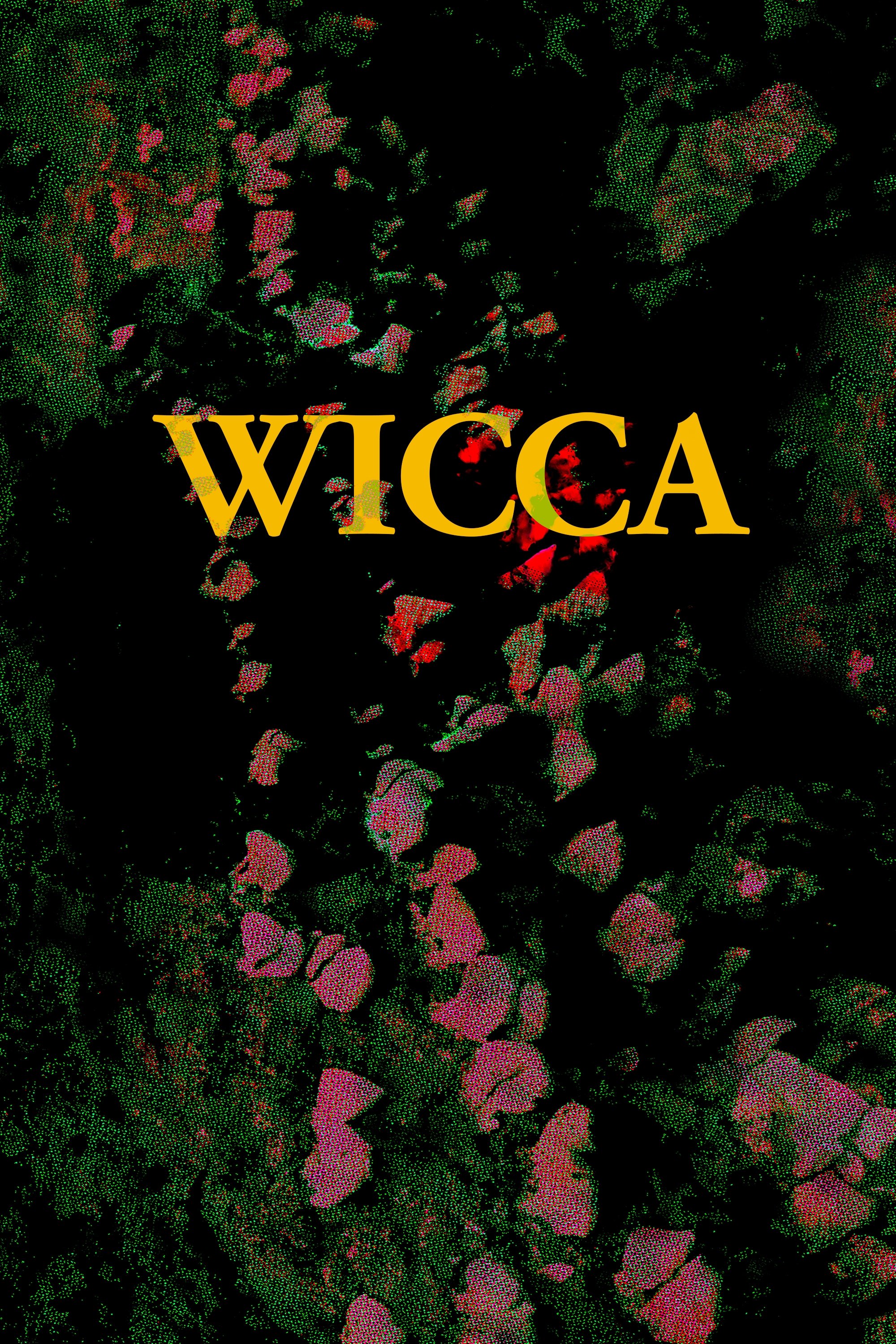Mush Luv
0h 7m
0.0(0 votes)
Documentary
Overview
Tony and Ajani, two mushroom foragers based in Minneapolis, spend the day foraging at a local park and musing on the power of nature.
Links & Resources
Social & External
Production Companies
Videos & Trailers
1 video
Cast & Crew
2 members
Acting
Tony Cineus
Self
No Image
Acting
Ajani Rowland
Self
No Image
Similar Movies
Recommended Movies

No Recommendations Yet
We're working on finding the perfect movies for you. Check back soon!
More movies coming soon
